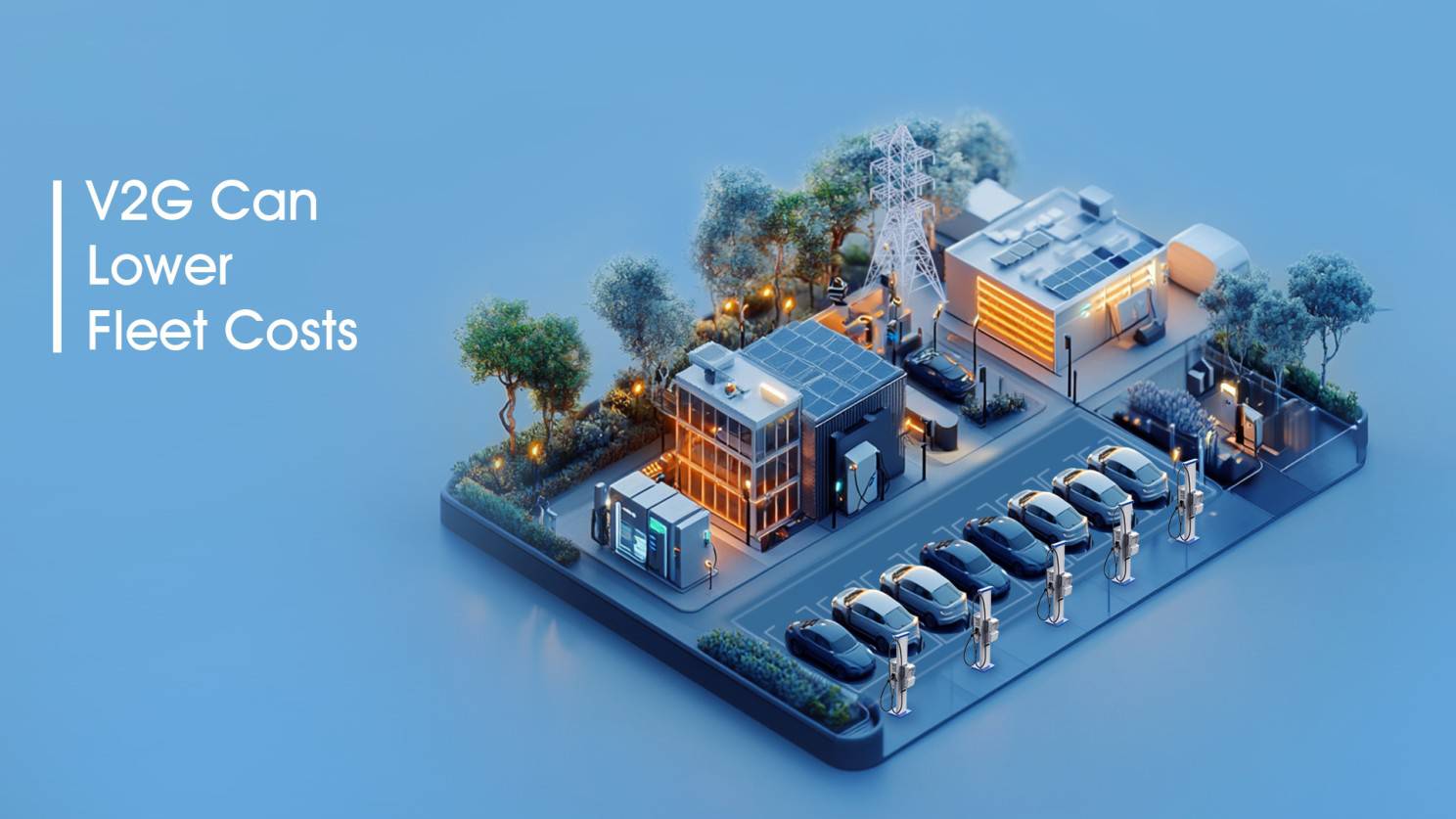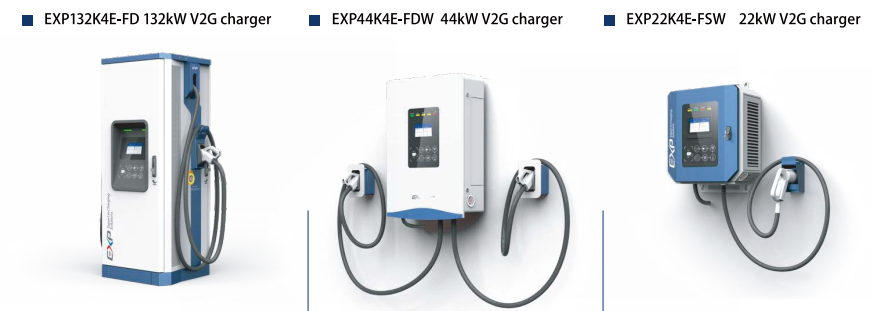Fleets are essential to everyday life and the transportation industry, varying from light-duty delivery vehicles to heavy-duty trucks. In Europe, fleet vehicles account for more than 40% of total vehicle kilometers and half of total emissions from road transport. The transition of fleet vehicles from internal combustion engines (ICE) to electric vehicles (EV) is called fleet electrification. It provides fleet businesses with key benefits like lowering total cost of ownership (TCO), reducing carbon footprint, and obtaining tax benefits and subsidies.

According to a report, the average gasoline cost per 1000 miles is $120 for the gas-powered vehicles, twice as much as the $60 cost for electricity per 1000 miles for the electric vehicles. In addition, maintenance costs are typically 40% lower for EVs than for gas-powered cars. In total, electric fleets could save approximately $1,750 annually on fuel and maintenance costs. By switching to EVs, fleet managers can therefore reduce TCO substantially. Meanwhile, without engines electric vehicles produce far less noise than fuel-powered vehicles so that EV drivers won’t worry about the noise pollution.
However, fleet electrification faces challenges in charging. First of all, the availability and reliability of EV charging facilities are crucial for fleet operators to avoid business interruptions and to maximize fleet utilization. Currently, the public charging infrastructure is still insufficient and inconvenient for electric fleets to get charged and ready on time wherever and whenever they need it. Secondly, as the demand for public charging increases along with growing EV adoption worldwide, fleet charging may be at risk in peak hours. Thirdly, when the demand is high, the price for electricity and fleet charging will also be higher. So, how can electric fleet managers optimize energy consumption while minimizing energy costs in operation?
The answer lies in the cutting-edge vehicle-to-grid (V2G) charging technology. In essence, V2G treats high-capacity EV batteries as mobile energy storage devices. It not only enables EV battery charging for power up but also allows EV battery discharging to supplement the power demand in response to real-time requests. Hence, electric vehicles can charge from the grid when the tariff is the lowest of the day during low-consumption hours; by discharging, they can partially or independently power their own facilities to save on energy bills, or even make money by selling the excess electricity to the power grid when the tariff is the highest during peak electricity hours.
When utilizing V2G technology for energy storage, EV power batteries are used to store energy for the grid, realizing vehicle-grid interaction, reducing the impact of large-scale renewable energy generation and simultaneous multiple EV charging from the grid, and improving the stability of the grid. In the meanwhile, a large number of electric vehicles in residential communities and office parks can work collaboratively as a whole to achieve functions like peak-valley arbitrage, dynamic power capacity expansion, load-side response and emergency power supply through unified EMS control.

In electric fleet operation, fleet managers and operators need to be conscious of their energy consumption so as to avoid overwhelming the grid. Meanwhile, they can make the most of the mobile energy assets by scheduling charging and discharging wisely. Ewicharge provides various V2G charging solutions for different types of electric fleets. We can supply 22kW-44kW V2G charging solutions for school buses, taxi fleets, and medium-to-light duty vans and trucks. With higher power dispatching capacity, our 132kW and above V2G charging solutions cater to heavy-duty electric truck fleet charging and discharging. Ewicharge V2G charging solutions can not only ensure total electric isolation between the grid and electric fleets, but also can operate on grid and off grid smoothly and reliably.

Through the integration of V2G charging into a seamless fleet journey, fleet managers can turn fleet vehicles into mobile energy assets. V2G provides the flexibility to control and optimize fleet charging, energy management and fleet utilization, ultimately lowering fleet costs in operation and bridging the gap between energy and transportation.
Subscribe to EV Charging News at Ewicharge and follow Ewicharge page to stay connected.